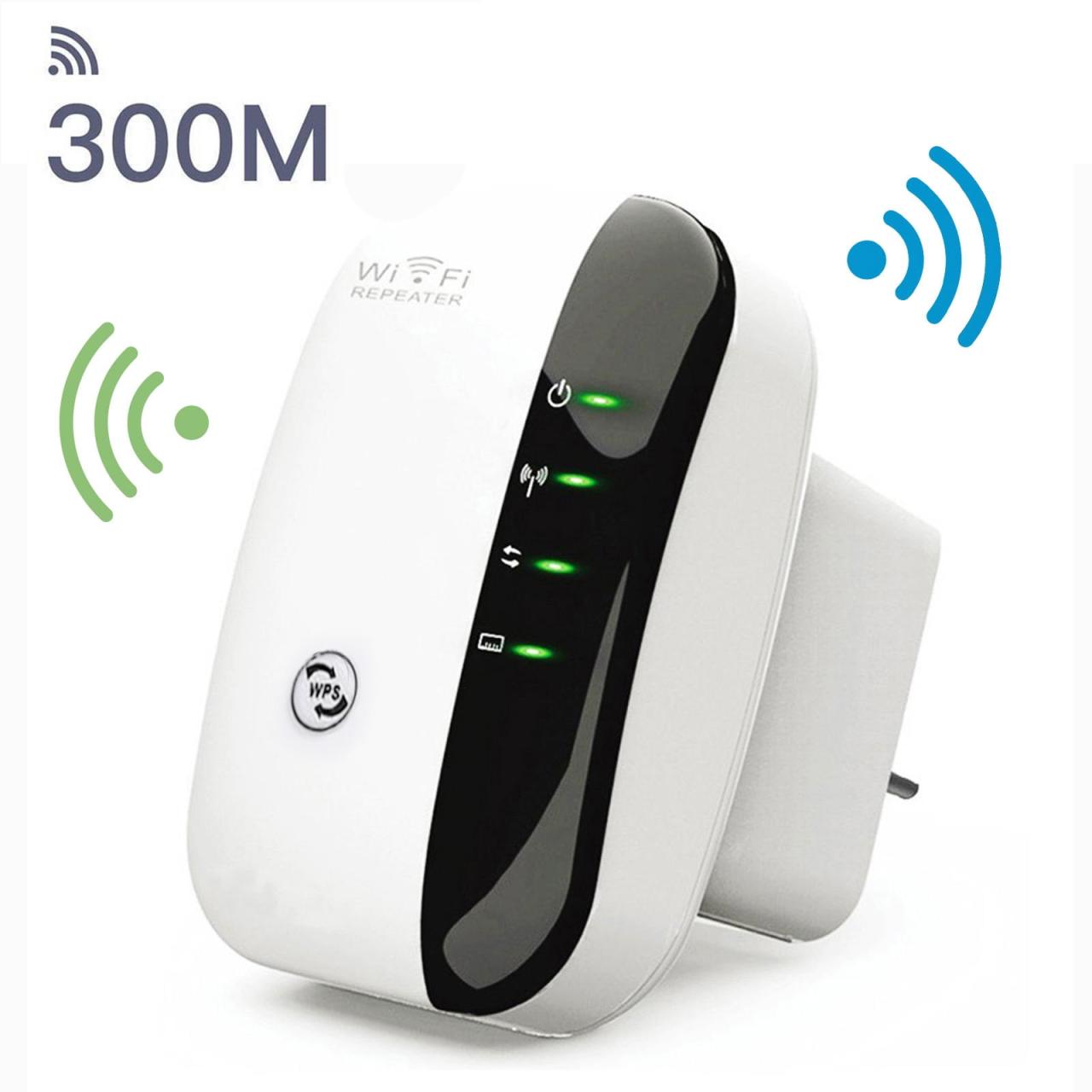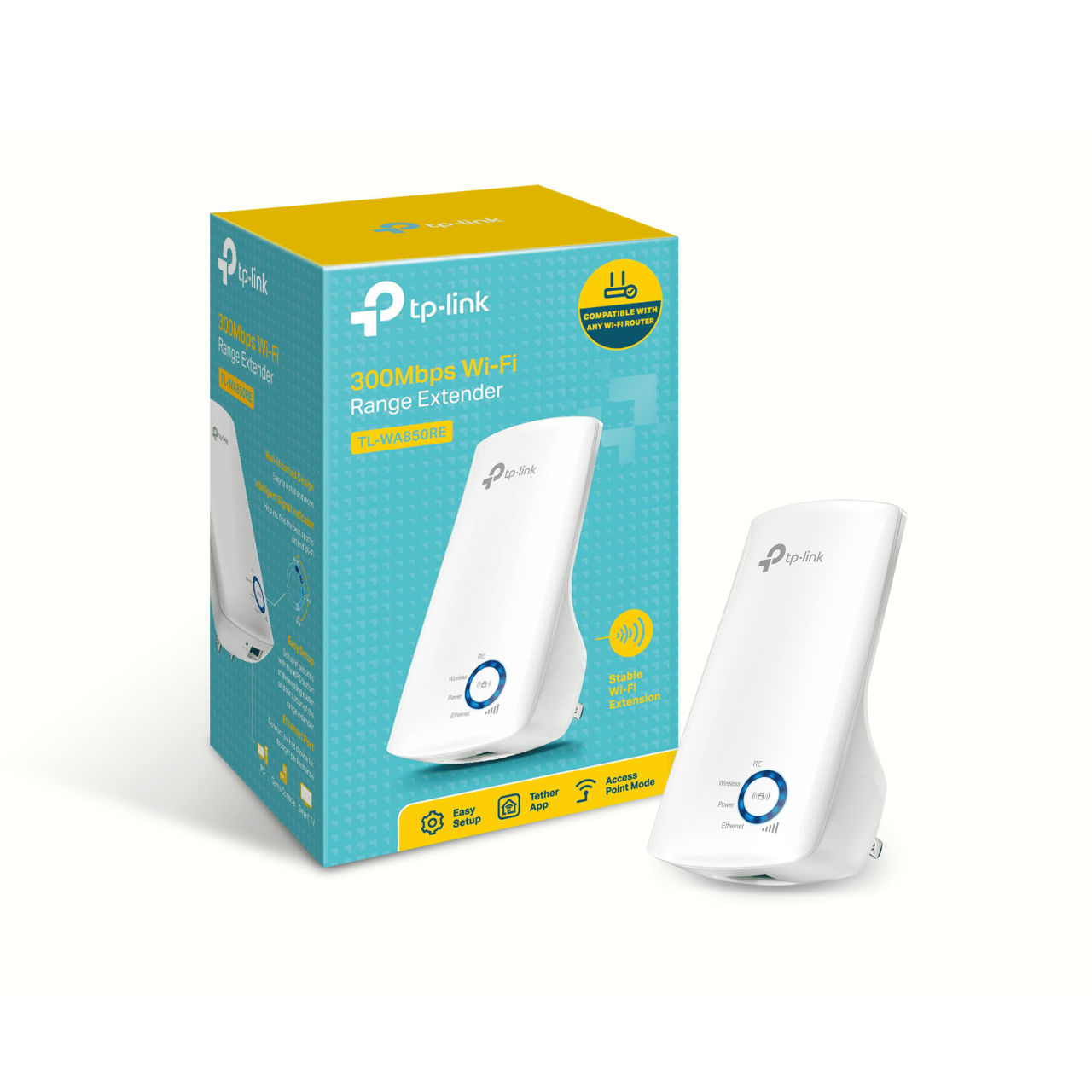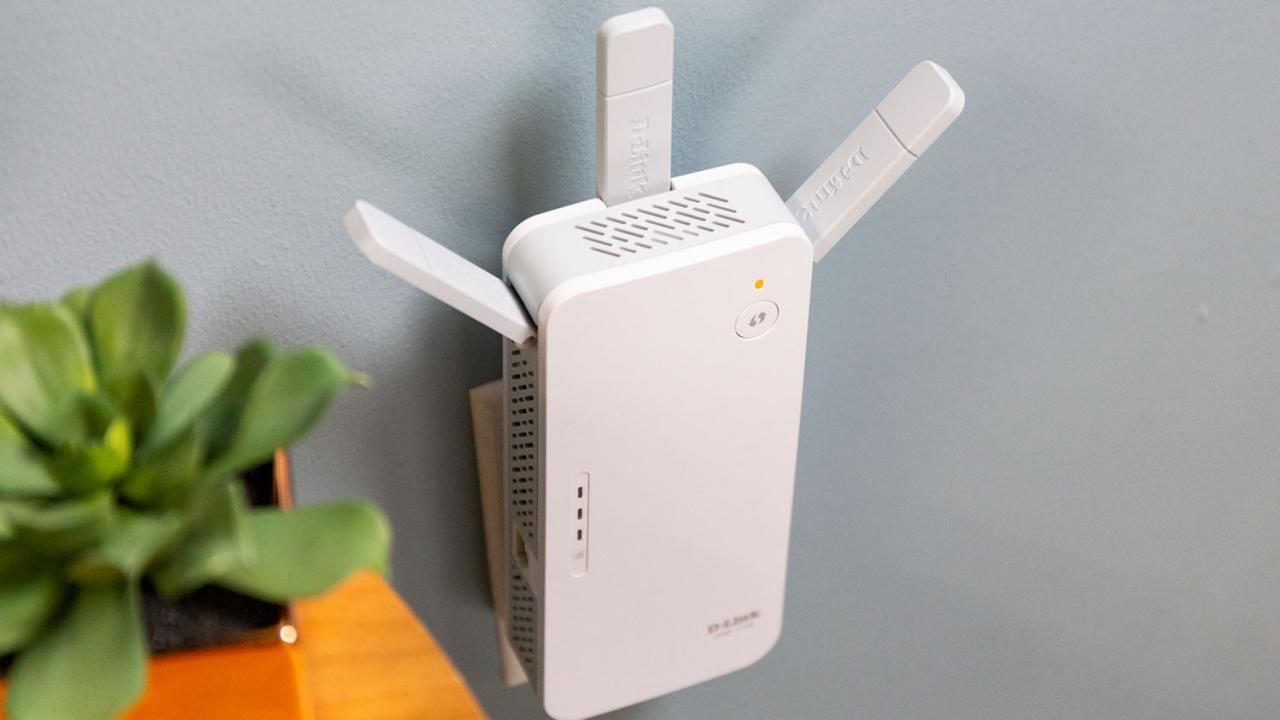Amplificateur Wifi, or Wi-Fi extender in English, is your secret weapon against frustratingly weak Wi-Fi signals. This guide dives into everything you need to know about these handy devices, from understanding how they work and choosing the right one, to setting it up and troubleshooting common problems. We’ll cover different types, technical specs, and even security considerations to ensure you get the best possible Wi-Fi experience.
Whether you’re struggling with dead zones in your home, dealing with slow speeds, or simply want to extend your network’s reach, this comprehensive guide will equip you with the knowledge to choose, install, and optimize your amplificateur wifi for optimal performance. We’ll explore the differences between single extenders and mesh systems, and provide tips and tricks to maximize your Wi-Fi coverage and speed.
Get ready to say goodbye to frustrating Wi-Fi woes!
Understanding Wifi Amplifiers: Amplificateur Wifi
A wifi amplifier, also known as a wifi extender or repeater, boosts your existing wifi signal to reach areas with weak or no coverage. This improves internet connectivity in areas far from your router, eliminating frustrating dead zones.
Wifi Amplifier Functions
Wifi amplifiers work by receiving your router’s wifi signal, amplifying it, and rebroadcasting it. This extends the range of your network, allowing devices further away to connect. They effectively bridge the gap between your router and devices located in areas with poor signal strength.
Types of Wifi Amplifiers
Several types of wifi amplifiers exist, each with its own strengths and weaknesses. The primary types are:
- Range Extenders: These are the most common type, simply boosting the existing signal. They’re generally easy to set up but might slightly reduce overall network speed.
- Powerline Adapters: These use your home’s electrical wiring to transmit the internet signal. They can be effective in hard-to-reach areas but their performance depends on the quality of your home’s wiring.
- Mesh Wifi Systems: These create a network of interconnected nodes that work together to provide seamless coverage. They’re generally more expensive but offer superior performance and easier management than single amplifiers.
Mesh Wifi vs. Single Wifi Amplifiers

Mesh wifi systems provide more consistent and reliable coverage compared to single wifi amplifiers. Single amplifiers can experience signal degradation and interference, whereas mesh systems use multiple nodes to intelligently route traffic for optimal performance. Mesh systems generally offer easier management and more advanced features.
Boosting your Wi-Fi signal with an amplificateur wifi is crucial, especially if you’re flying drones. A strong connection is essential for optimal drone control and video streaming. Choosing the right drone is just as important; check out this guide on which DJI drone to buy to make sure you get the best performance. Then, pair your awesome new drone with a reliable amplificateur wifi for a seamless flight experience.
Beneficial Situations for Wifi Amplifiers
Wifi amplifiers are particularly beneficial in situations where:
- Your router’s signal doesn’t reach all areas of your home or office.
- You have thick walls or other obstacles that interfere with wifi signals.
- You need to extend wifi coverage to an outdoor area.
- You have many devices competing for bandwidth, causing slowdowns.
Technical Specifications and Features
Choosing the right wifi amplifier involves considering several key technical specifications and features to ensure optimal performance and compatibility with your existing network.
Key Technical Specifications
Crucial specifications include:
- Frequency Bands: Support for both 2.4 GHz and 5 GHz bands is ideal. 2.4 GHz offers better range but slower speeds, while 5 GHz provides faster speeds but shorter range.
- Data Rates: Higher data rates (measured in Mbps) indicate faster potential speeds. Look for amplifiers with data rates compatible with your internet plan and devices.
- Power Output: A higher power output (in dBm) generally translates to greater range, but regulations limit the maximum power allowed.
Signal Strength and Range
Stronger signals translate to faster speeds and more reliable connections. Range refers to the distance the amplifier can effectively extend your wifi network. These two factors are critical for optimal performance.
Antenna Types
Different antenna types affect performance. Omnidirectional antennas broadcast signals in all directions, while directional antennas focus the signal in a specific direction. The best choice depends on your needs and layout.
Advanced Features
High-end amplifiers often include advanced features such as:
- Beamforming: This technology focuses the wifi signal towards your devices, improving speed and reliability.
- MU-MIMO: This allows the amplifier to communicate with multiple devices simultaneously, reducing congestion and improving performance in busy networks.
Installation and Setup
Setting up a wifi amplifier is generally straightforward, but the process varies depending on the type of amplifier. Proper placement is crucial for optimal performance.
Step-by-Step Installation Guide (Typical Range Extender)
- Connect the amplifier to a power outlet within range of your router.
- Connect to the amplifier’s wifi network (usually a name like “Extender_Setup”).
- Use the amplifier’s web interface or app to connect it to your main wifi network.
- Once connected, you can disconnect from the amplifier’s setup network and connect your devices to the extended network.
Comparison of Setup Processes
| Amplifier Type | Setup Difficulty | Time Required | Special Tools Needed |
|---|---|---|---|
| Range Extender | Easy | 5-15 minutes | None |
| Powerline Adapter | Easy to Moderate | 10-20 minutes | None |
| Mesh Wifi System | Moderate | 20-30 minutes | None |
Optimizing Amplifier Placement
Place the amplifier midway between your router and the area needing improved coverage. Avoid placing it near metallic objects or other sources of interference.
Troubleshooting Common Installation Problems
Common problems include weak signal, slow speeds, and inability to connect. Troubleshooting involves checking connections, placement, and interference sources.
Performance and Optimization
Measuring and optimizing your wifi amplifier’s performance is key to getting the best possible results from your extended network.
Measuring Wifi Amplifier Performance
Use wifi analyzer apps or websites to measure signal strength and speed at various locations. Compare these measurements before and after installing the amplifier to assess its effectiveness.
Factors Affecting Performance

Several factors can affect performance:
- Interference: Other electronic devices, microwaves, and cordless phones can interfere with wifi signals.
- Distance: The further the amplifier is from the router and devices, the weaker the signal will be.
- Obstacles: Walls, furniture, and other obstacles can weaken wifi signals.
Maximizing Range and Speed
Optimize placement, minimize interference, and use high-quality cabling (for powerline adapters). Consider upgrading to a more powerful amplifier if needed.
Impact of Network Configuration, Amplificateur wifi
Proper network configuration, including correct channel selection and security settings, is essential for optimal amplifier performance.
Comparison of Leading Brands and Models
This section provides a comparison of three leading wifi amplifier brands and models (note: specific models and pricing are subject to change).
Brand A: Model X
- Advantages: Easy setup, good range, affordable price.
- Disadvantages: Basic features, limited speed.
User interface is simple and intuitive, with basic settings and monitoring tools.
Brand B: Model Y
- Advantages: Excellent range, advanced features (beamforming, MU-MIMO), fast speeds.
- Disadvantages: More expensive, slightly more complex setup.
The user interface is more sophisticated, offering detailed performance statistics and advanced configuration options.
Brand C: Model Z
- Advantages: Good balance of features and price, reliable performance.
- Disadvantages: Range might be slightly less than Brand B.
The user interface is user-friendly, providing a balance between simplicity and functionality.
Summary of Key Features and Pricing
| Brand | Model | Price (Approximate) | Key Features |
|---|---|---|---|
| Brand A | Model X | $30 | Easy setup, 2.4GHz/5GHz, decent range |
| Brand B | Model Y | $80 | Excellent range, Beamforming, MU-MIMO, 2.4GHz/5GHz |
| Brand C | Model Z | $50 | Good range, 2.4GHz/5GHz, reliable performance |
Security Considerations
Using a wifi amplifier introduces additional security considerations that must be addressed to protect your network.
Security Implications
Amplifiers extend your network, potentially increasing the attack surface. Weak security on the amplifier itself can compromise your entire network.
Securing the Amplifier Network
Use a strong password for your amplifier’s admin interface and the extended wifi network. Enable WPA2/WPA3 encryption.
Protecting the Amplifier from Vulnerabilities
Keep the amplifier’s firmware updated to patch security vulnerabilities. Change default passwords and usernames.
Best Practices for Network Security
Regularly review your network security settings. Use a firewall and consider a VPN for enhanced protection.
Visual Representation of Signal Coverage

A wifi amplifier improves signal coverage by extending the range of your router’s signal. Imagine your router’s signal as a circle emanating from its location. Without an amplifier, the signal strength weakens as you move further from the router, creating dead zones. An amplifier placed strategically in a weaker area essentially creates a second, overlapping circle of signal, effectively extending the overall coverage area and reducing or eliminating dead zones.
In a typical home layout (e.g., a two-story house), the router might be placed on the first floor. Without an amplifier, the signal might be weak or non-existent in the far corners of the first floor and most of the second floor. By strategically placing an amplifier on the second floor, or midway between the router and a distant area, the amplifier’s signal overlaps with the router’s signal, improving coverage throughout the house.
Consider a textual representation: ‘R’ represents the router, ‘A’ represents the amplifier, and ‘.’ represents areas with weak or no signal.
Before Amplifier:
R…..
……
……
After Amplifier (A placed strategically):
R….A
…..
So, you’re boosting your Wi-Fi signal with an amplificateur wifi? Great! Strong internet is key, especially if you’re operating tech like drones. Check out this site for info on drone regulations and cool stuff happening in the drone world in Paris: drone paris. A reliable wifi amplifier ensures a smooth connection for your drone’s video feed and control, preventing frustrating signal dropouts.
…..
Final Wrap-Up

Choosing and installing the right amplificateur wifi can significantly improve your home Wi-Fi experience. By understanding the different types available, considering key technical specifications, and following best practices for placement and security, you can banish dead zones and enjoy consistently strong, reliable Wi-Fi throughout your home or office. Remember to consider factors like signal interference and your network configuration for optimal performance.
So, you’re thinking about boosting your Wi-Fi signal with an amplificateur wifi? That’s smart! A strong connection is crucial, especially if you’re into hobbies that need a solid network, like operating a drone. Check out this cool site about drone in paris to see what I mean. A reliable wifi amplifier will ensure your drone’s connection remains stable, no matter how far you fly it.
Now go forth and conquer those weak signals!
FAQ Corner
What is the difference between a Wi-Fi extender and a Wi-Fi repeater?
Essentially, they’re the same thing. Both terms refer to devices that boost your existing Wi-Fi signal.
Can a Wi-Fi extender slow down my internet speed?
Yes, it can. Since the extender retransmits the signal, it can introduce a slight reduction in speed. A good quality extender and optimal placement will minimize this effect.
How many devices can a Wi-Fi extender support?
This depends on the extender’s specifications and the strength of your original Wi-Fi signal. Check the manufacturer’s specifications for details.
Do I need a powerline adapter along with a wifi extender?
Not necessarily. Powerline adapters are useful for extending internet to areas where Wi-Fi is difficult, but they aren’t required for a Wi-Fi extender. A Wi-Fi extender works by receiving and retransmitting the existing Wi-Fi signal.